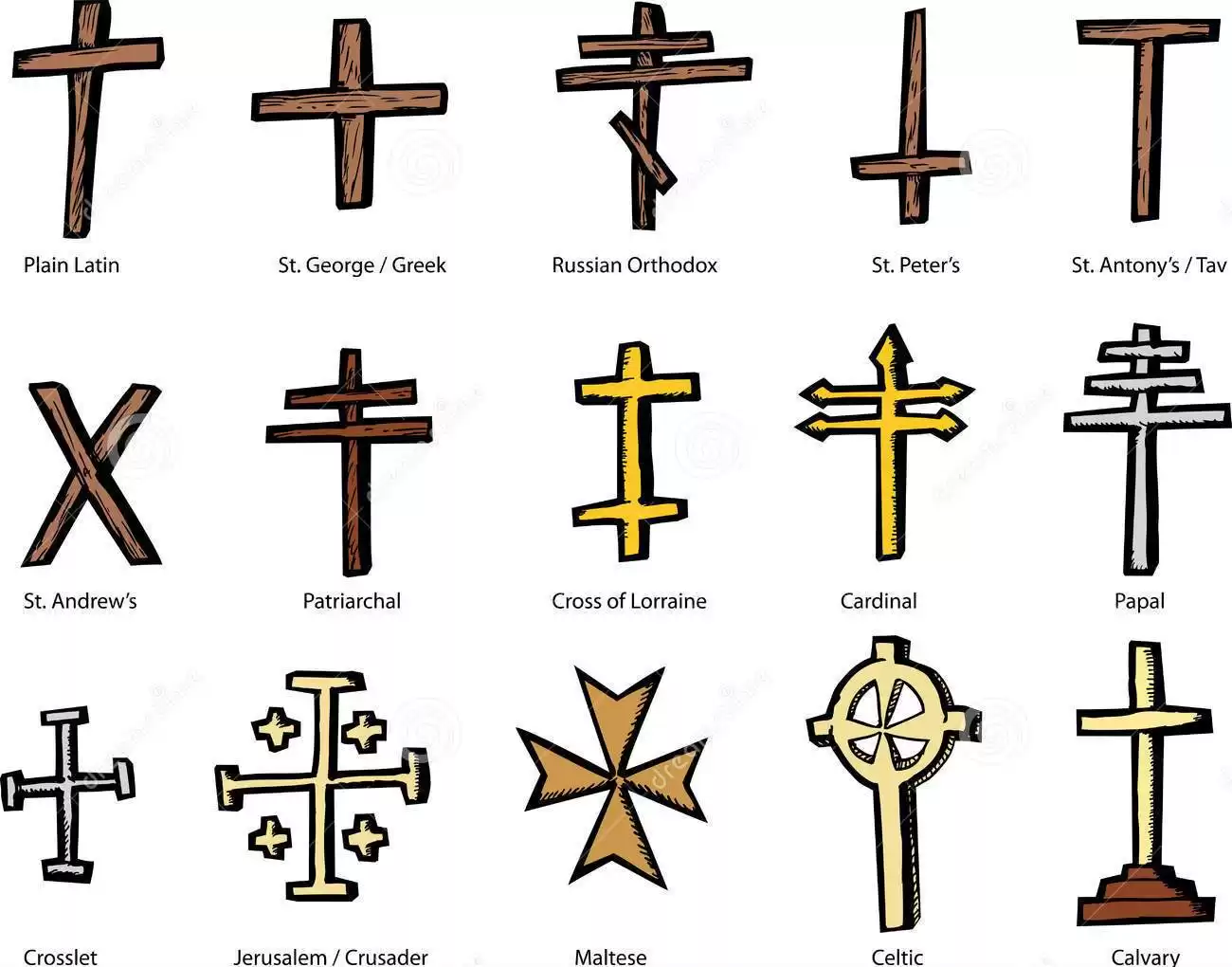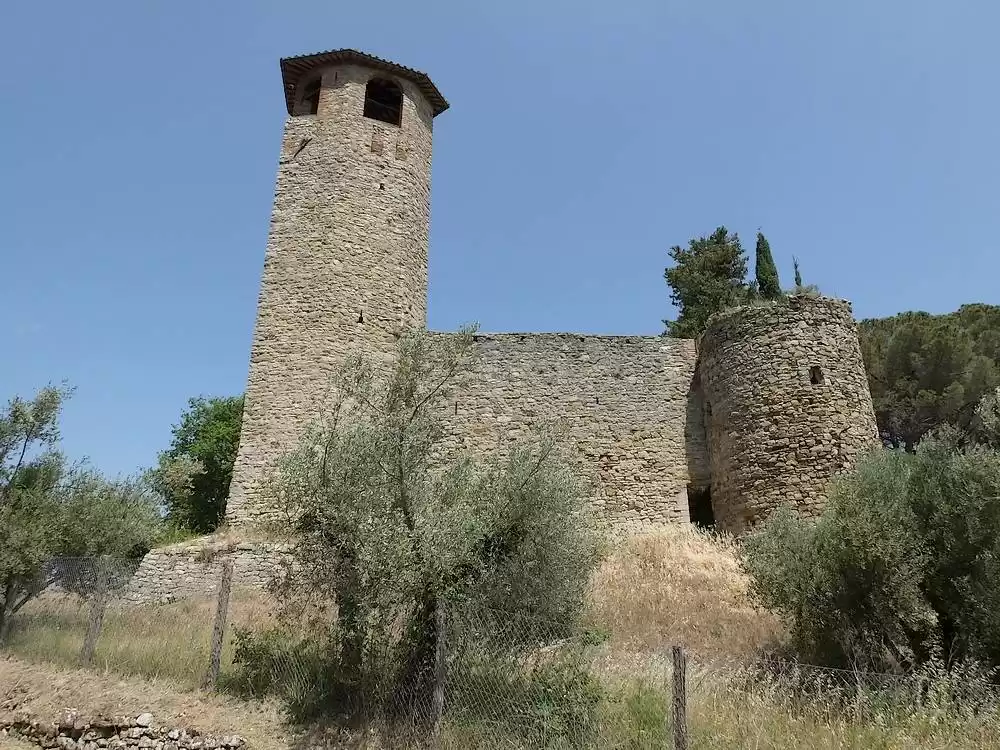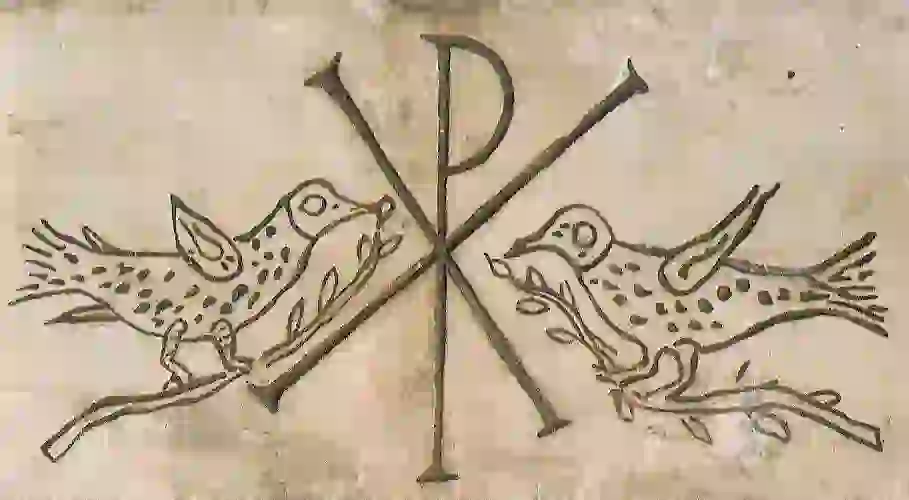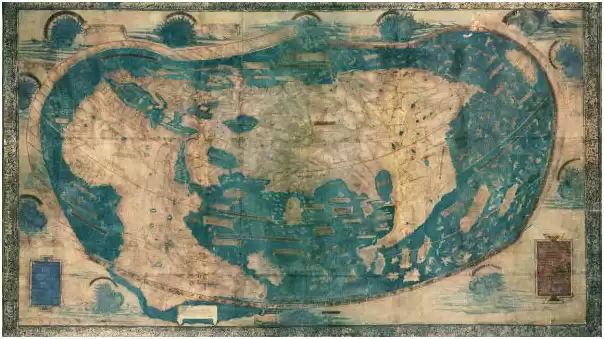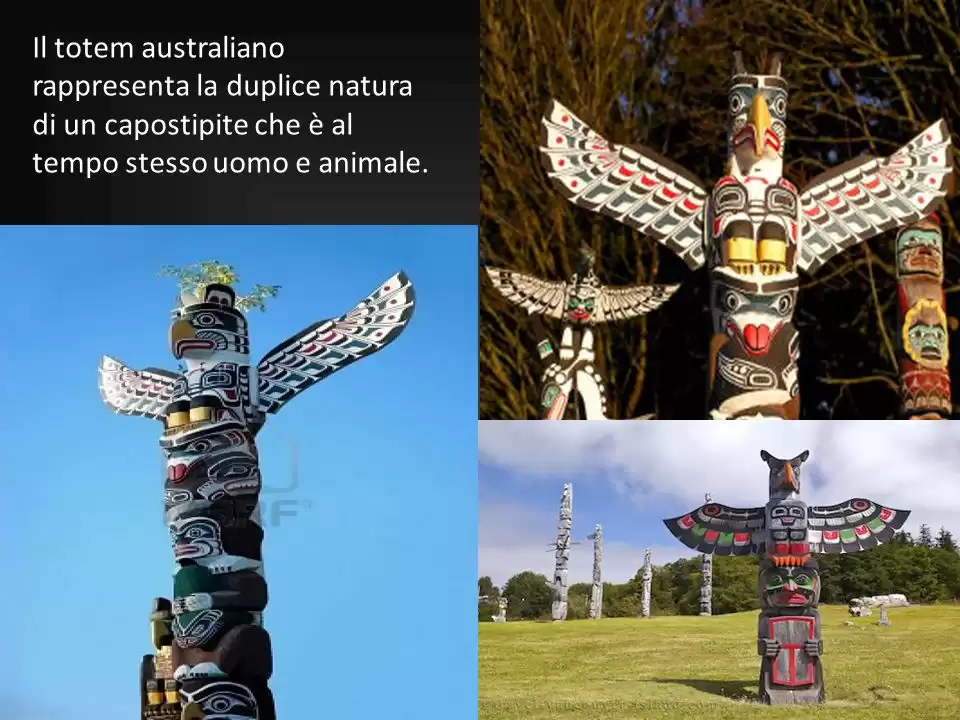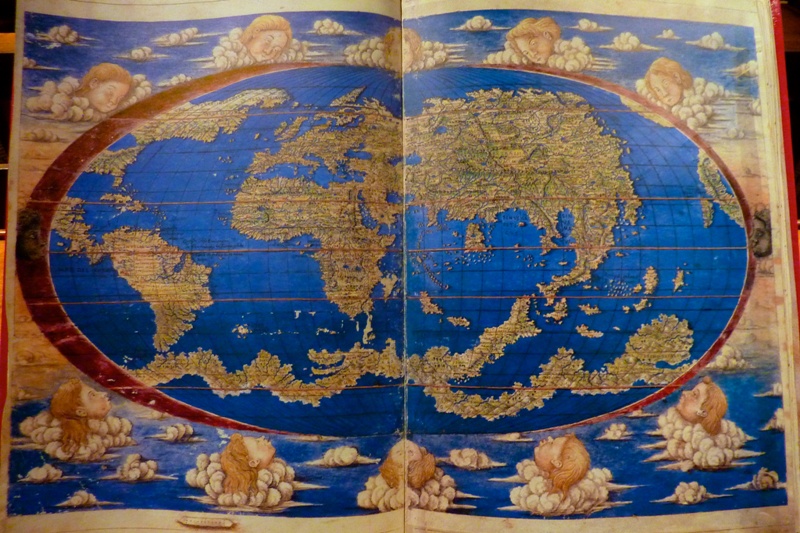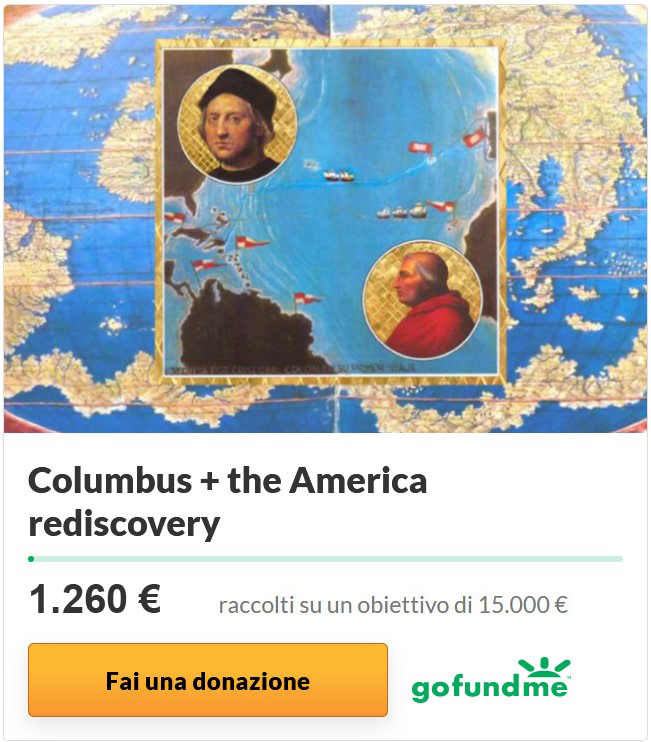Un nuovo interessantissimo libro, in lingua inglese, curato dal professor Emilio Spedicato sui contatti fra l’America e gli altri continenti in epoche precolombiane. Il libro è a più mani e oltre a Spedicato vi hanno collaborato Flavio Barbiero, David J. Eccot, Stuart L. Harris, Gérard Leduc, Lia Mangolini, Ruggero Marino e Felice Vinci. Può essere richiesto direttamente alla casa editrice FCOIAA di Spirano (Bergamo): www.fcoiaa.it/prodotto/pre-columbian-contacts-between-america-and-other-continents/
ON PRE-COLUMBIAN CONTACTS BETWEEN AMERICA AND OTHER CONTINENTS
Chapters by:
– Flavio Barbiero
– David J. Eccott
– Stuart L. Harris
– Gérard Leduc
– Lia Mangolini
– Ruggero Marino
– Felice Vinci
Page: 312
Language: ENG
PREFACE on PRE-COLUMBIAN CONTACTS: Emilio Spedicato
My personal, but marginal, interest to the pre Columbus contacts between America and the other continents was started by two books by Thor Heyerdahl, the great Norwegian explorer of ancient oceanic routes. I was twelve years old when I read his book Kon Tiki, where he proved the feasibility of reaching Polynesia from south America using a raft made with the very light but strong balsa wood. I was utterly fascinated and could not imagine that many years later I would visit Thor first in his wooden house on the Ligurian Alps near Laigueglia (where I noticed Kon Tiki translated into seventy languages) and later in his house in Guimar, Tenerife, near to what he claimed were very ancient pyramids. The second important book by him that I read was Sea routes to Polynesia, a thorough discussion of contacts between America and Polynesia and Asia.
My later interests in history, geography, astronomy, ancient texts did not involve pre Columbian America, albeit I read several books on the subject. Most important for me was the short but fundamental document by Blas Valera, discovered in the private library in Naples of Clara Miccinelli. I was given a copy of that document by Laura Minelli, anthropologist at Bologna University, who certified its authenticity by ink analysis. The book stated that Incas descended from Tatars and white dressed peoples who arrived from the east a thousand years before Pizarro conquered Peru, say about 500 AD. That was the time of the Justinian plague, when possibly some people escaped from their native land, ruined by plague and famine. The document also considered quipus, the special writing system used by Incas, based on short ropes, and related to a similar one in China; it showed a certain quipu giving its reading in Quechua and Spanish. I was astounded when, sitting in the train on my way back to Milano, three indios from Equador sat near me. Two of them spoke only Quechua. When I read the quipu text in Quechua to them, they understood everything, except one word.
Another important step for my knowledge of pre Columbian contacts came after a visit to friend and mathematician Main Ahsan in Montréal, some thirty years ago. There I was also guest of an independent researcher on pre-Columbian ruins, Gérard Leduc, who has contributed to this book. He told me of the existence of thousands of rock inscriptions in Québec related to Templars, including some in the garden of his house, which I looked at. He drove me to a NEARA (North East Archaeology Research Association) conference in Portland, Maine. The NEARA journal published the first release of my theory of Atlantis, set in the island of Hispaniola, once Kiskeya or Mother of the Lands, dated, as Plato stated, at about 9500 BC, the time when last Ice Age ended in a fast way.
The origin of this book is interesting. I had lost contact with prof Minelli.Then I saw her cited in a paper of the great anthropologist Brunetto Chiarelli, of Florence University, I asked him about her whereabouts. He failed to give me the required information, but was interested in some of the papers I sent to him. He proposed to organize a conference in Florence on pre Columbian contacts between America and other continents. The conference could not be realized due to financial reasons, so I decided to use the contacts already established to produce this book. The contributions in this book come from specialists that I met in several years of interdisciplinary and pluri-disciplinary research. A brief presentation is the following:
- My two own contributions deal with the first of the four catastrophes in the Mesoamerican traditions and related chronologies. In the first paper I note that three fundamental statements in the Bible can be explained by the explosion over the ices of the Great Lakes region in north America of an object about 10.500 BC, event only recently discovered. Incidentally, some years ago when I visited scholar Evan Hansen, in Escalante desert, Utah, he showed me three quarries where the layer of so called black mat was visible, formed after the huge fires produced by that explosion.
- The contribution by admiral Flavio Barbiero deals with the origin of the second as a time unit, used worldwide but especially related to time measurements in Mesoamerica. A complex and deep contribution as all papers by this great scholar.
- The paper by Lia Mangolini, a scholar noted for her solution of some of the antiquity enigmas, as the nature of the shamir used to cut hard stones, deals with a fact widely observed but never explained. She notices that certain structures, usually of the truncated cone form, are found imbedded in walls of religious buildings in India, Mesopotamia, Egypt, Peru. She does not solve the mystery of their presence, but her presentation of these archaeological structures will be useful for other scholars.
- The paper by Ruggero Marino analyzes evidence that Columbus visited America before his official trip of 1492 AD and that he knew from other sources of the existence of a great continent; moreover he shows that also Marco Polo had a knowledge of a land that can be identified with America, called Cipango in his book Il milione.
- Gérard Leduc analyzes testimonies of Native Americans in Eastern North about pre-Columbian immigrants.
- The paper by Felice Vinci analyzes possible relations between the Baltic world, where he sets the Homeric epics, and north America. He also considers the possibility that during the climatic optimum, where the Homeric epics is set, some ships could reach the Pacific Ocean via the North-West passage, then free of ice in summer at least, settling in some islands of the Pacific. • The two contributions by David Eccott, a professional musician, with deep interests in some archaeological questions, analyze architectural structures in Mesoamerica, showing that they have significant relations with similar structures in the Roman world.
- The paper by Stuart Harris, a researcher and polymath who has illuminated some of the remotest times of human civilization, supports the idea that around 400 BC certain people from central Europe moved to America, probably transported by Phoenician ships. He makes important use of their script, by him deciphered as a form of old Finnish, basis of the so called Old European. The above papers are by scholars who devoted a substantial research in their production. Whether all proposed conclusions are correct is certainly an open problem. We are offering to the reader food for thought and expect that future years will give more information on the presented problems.




